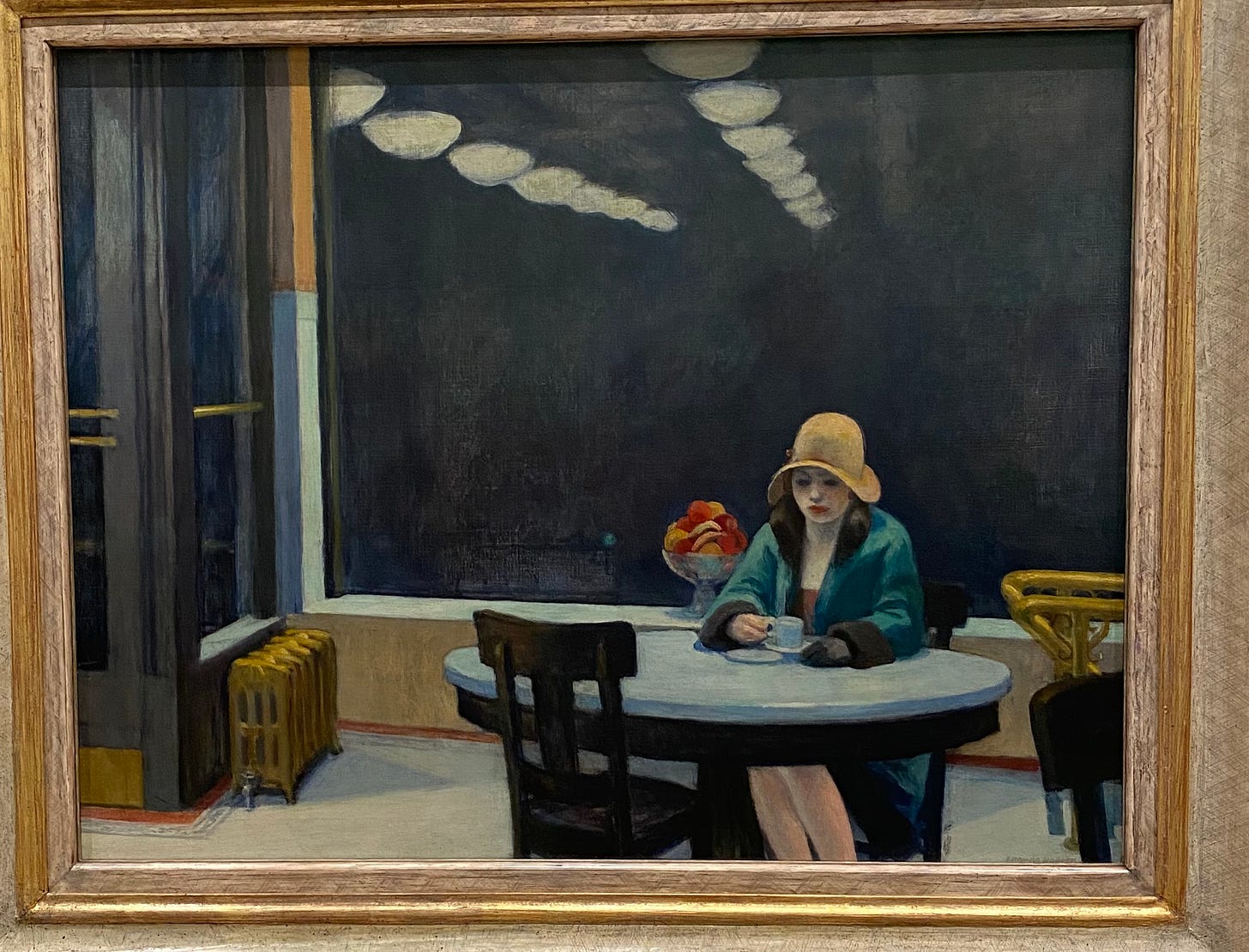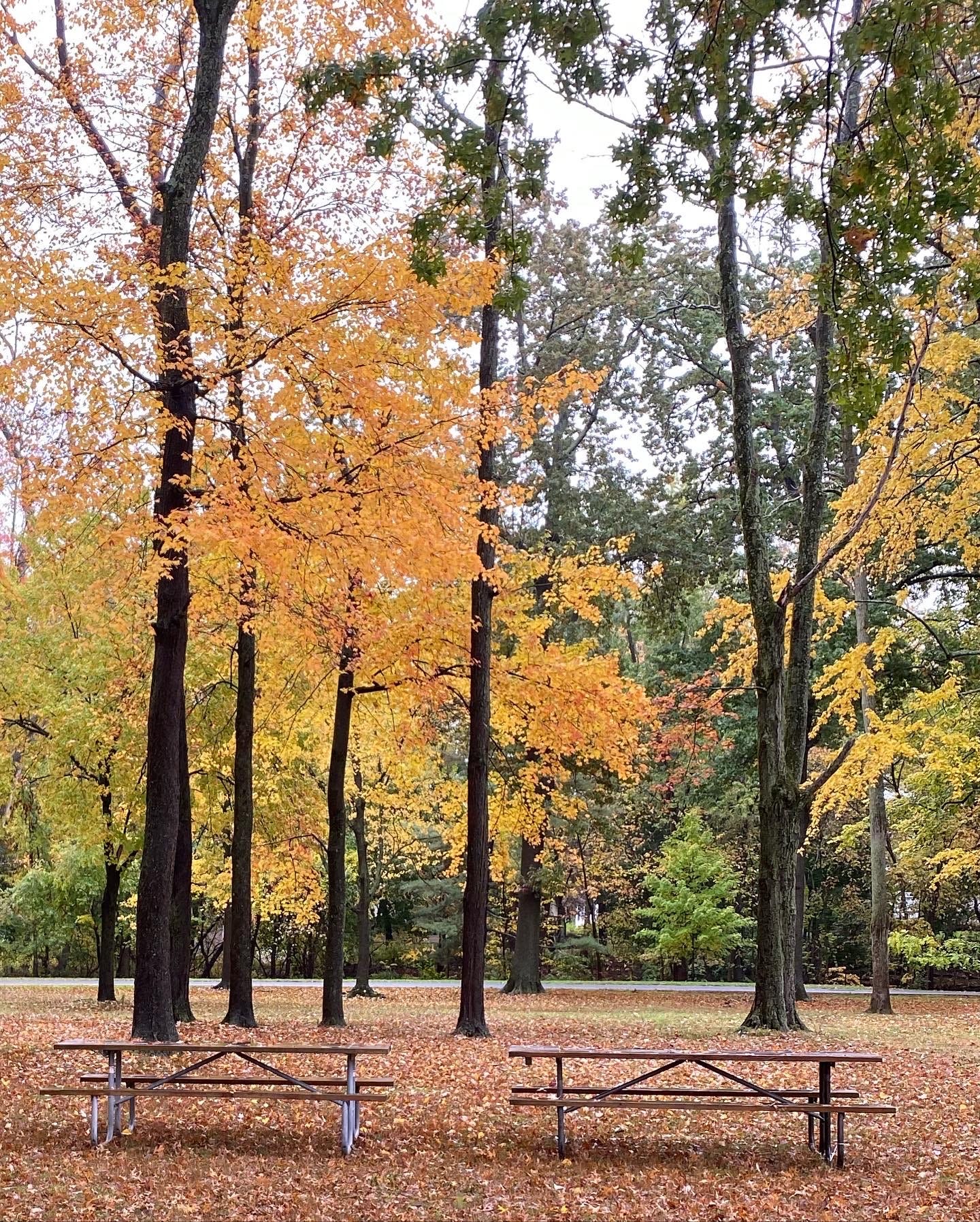Let's Build Community Centers
We need to centralize social services in one building and offer much more help
One of the long-running themes in my public writing is the fact that I’m raising a child with special needs. The chores related to making sure that Ian overcomes his autistic issues and becomes a fully functioning member of society never ends. At some point tonight, after I finish this newsletter, I must answer some emails from his school and his therapists.
I have a whole separate newsletter about disability stuff, because I know the general audience at Apt. 11D can only handle so much. But let me bend your ear for a moment. My latest round of work for Ian has opened up a whole new world for me, and I want to share.
While I hope that my son’s special math and music skills will translate into a real job some day, I know that full independence for an adult with autism is never a guarantee. At this time, only a small fraction of people with autism — even those that finish college — find a full time job and lead a typical adult life style. So, I have to simultaneously prepare my son for college and prepare ourselves for the fact that he might never find work, friends, or a life outside our house.
As part of our pessimistic Plan B, I’m enrolling Ian in the federal and state bureaucracies, trying to learn about social activities for disabled adults, and investigating various supported work opportunities. So far, I haven’t found many great opportunities in the community. The few local programs that exist were established years ago for extremely disable people in dirty facilities with poorly paid staff. There’s no way that I would allow my son to walk into one of those places.
I’ve also been looking into other programs, like the growing number of opportunities for disabled college programs. But there’s no one at the high school to help me out. So, a group of parents on a similar quest are going to sit around my dining table in November, and we’ll share notes. I’ll order some pizza and open some bottle of wine wine. It would be nice if the guidance counselors provided this info to parents, but they don’t, so I must do it.
While doing my research and hosting functions at my house, I’ve met so many families that simply have no place for their disabled adult-children. Without community activities or work opportunities, many disabled adults, even those with mild needs, are home alone all day. This must change. We need community centers that provide help for disabled young people. But we need so much more.
The pandemic and school closures created huge academic and mental health issues in young people. But the problems are too huge for schools to manage. We need community centers that provide a place for people to congregate, offer social groups, provide job training, help with math and reading, and have weekend group meals.
We need for these services to be free or supplemented by health insurance.
These community centers could provide addiction groups, specialists to support students at community college, social workers to connect people with other resources, cooking classes, personal finance classes, and grieving support.
Earlier this month, New York Times had a long opinion piece advocating for community mental health centers. They pointed out that people with serious mental health issues were only getting help in prisons and frequently ended up on the streets.
Across the country hundreds of thousands of Americans with serious mental illnesses, such as schizophrenia and bipolar disorder, have been consigned to lives of profound instability. Instead of therapists to help them manage their illnesses or doctors to oversee their medication regimens or evidence-based treatment for their substance use disorders, they cycle through homeless shelters and the jails and prisons that have become the nation’s largest mental health providers.
People with severe mental illnesses do need support in the community, along with people with mild issues, lonely people, elderly people, poorly educated people, and migrants. They need to go to a clean, well-lit, building in a central location that is staffed by kind, knowledgable people, who can offer a diversion to life on the street or on their mom’s sofa.
So many of us — the type that reads newsletters — are highly educated and have high level social skills. We went to college, finished in four years, and eased quickly into the first job, committed relationships, and families. I’m sure there were bumps along the way, as there are always are, but we persevered, because we have many privileges. It’s important to remember: we’re outliers.
Many people never achieve this common middle class notions of adulthood. Only 1 in 3 Americans works full time. They have few friends and might live under the poverty line. One in five has a mental illness. Less than a quarter has a college degree. If so many people need help, then we really should address these issues.
While the state and federal government does support these marginalized groups through a range of social functions, the support systems are sprawled across the country or outsourced to various third parties. Housing all those support systems under one roof and then expanding them would serve more people, more efficiently. It could be place for volunteers to stop by to offer their services, too.
I started talking about these community centers before I read the New York Times opinion piece. When many people come to same conclusion at the same time that’s actually a good sign. Maybe this growing consensus will bring about real change.
LINKS
Totally swamped today with multiple jobs. It’s nearly 11:00pm and I have an early morning gig. I have to send this newsletter out now. Hope that there aren’t too many typos. I sent out a newsletter with links earlier this week.
And here’s the latest from the disability newsletter.




